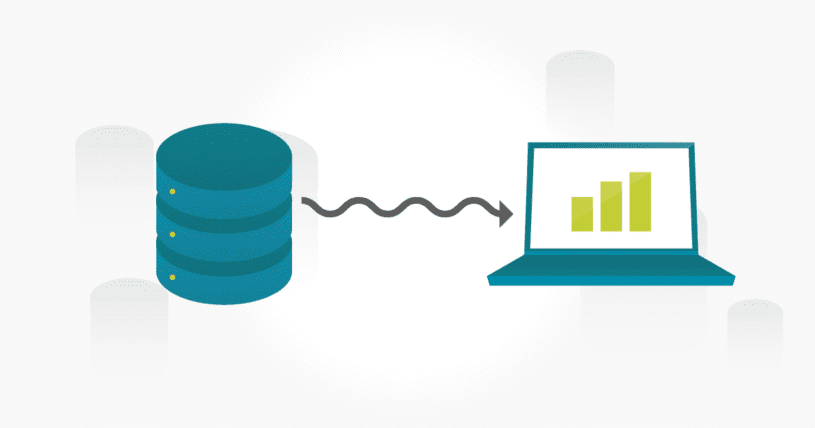ETL Testing is a process used to test the transformation of raw data fetched from a certain source, before authenticating it according to business rules to make sure the particular data is loaded to the data warehouse (or a target system). The term ETL stands for Extract, Transform, and Load, so let us first understand the basic concept. To generate meaningful results, large-scale organizations gather raw data before transforming it into the desired type and eventually loading it into a specified repository. A testing process is carried out to manage the data and ensure that it is loaded properly into the repository or data warehouse.

A Data Warehouse and its Purpose
A data warehouse is a repository for integrated data within an enterprise organization, designed as a resource for supporting the business in its decision making. It forms a part of business intelligence with the purpose of collecting raw data to analyze further by converting it into meaningful forms. Data is the backbone of any organization on which all vital decisions are made, so in the ever-evolving technological workplace, organizations look to transform themselves by creating a next-level infrastructure data warehouse where historical and real-time data is always present and accessible.
ETL Tools
ETL tools are used for integrating and extracting data before transforming it into the format required by the business, who subsequently loads it into the data warehouse. Well-planned testing activities can ensure the data’s smooth migration from one place to another.
The Importance of ETL Testing
Moving critical data from one place to another can potentially cause an error (human or system). The result would be a loss of information, which can be detrimental to the decision making capability of an enterprise.
Types of ETL Testing
- Data Warehouse Testing: This testing is done with the help of an ETL tool, of which there are several to choose from on the market. Testing is also performed when data is moved from one source to the target source, to ensure the accurate transformation of data from beginning to end.
- Migration Testing: The migration of data generally refers to the transfer of a whole data source from one system to another. This happens when organizations shift to new technologies (i.e. Cloud) to improve the productivity and management of their data. Migration testing is done to make sure that all the previous system’s data should have moved to the new system and work as expected.
- Data Validation Testing: In this form of testing, testers validate that the available data are complete and accurate according to the specified business rules.
- Data Mapping Testing: In this process, testers match the fields in the application’s UI with the data present in the back end.
Phases in ETL Testing
It is advisable to create a testing strategy that can detect any issues at the star, before running it on the target system or production. Following are the recognised phases of ETL testing.
- Identify and Gather Requirements: Business requirements are gathered and analyzed to cover all aspects of the project, helping test teams to develop a strategy for carrying out testing activities.
- Test Estimation: An estimate is made based on the complexity of defined rules, number of tables, and data volume. Care must be taken when making the estimate, because the level of accuracy involved will impact the results.
- Test Planning and Test Case Design: The scope of the project is determined during this phase and risks are identified. Later within this phase, test cases are designed based on the available data input, which will be mapped with the specifications.
- Execution of Test Cases: Within this phase, test cases are executed and bugs identified, which will be later written into the test report. Bugs identified during the testing process should be fixed as early as possible before the process becomes too complex.
- Reporting & Closure: Finally, a report is generated using a defined template or format which includes the validated output result of the target system (data warehouse). After that, a sign-off is given for the closure of the process.
Conclusion
ETL testing requires expertise in SDLC and SQL queries. It is not an easy process and involves all stakeholders across the board including testers, developers, database administrators, and business administrators.
Coping with ongoing new technological developments a challenge for organizations. Data is of crucial importance to any large-scale business, and it is necessary to stay up to date with the ever-evolving needs of the market and consumer. ETL testing, if carried out properly, can be beneficial to organizations and their long-term decision making.
About the writer
Syed Ali Imam
Syed Ali Imam is a Software Quality Assurance Engineer, currently working as a Functional Tester for Innovit Software Development in Australia.
All Syed Ali Imam's articles
